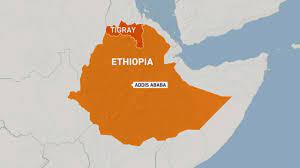South Africa and Kenya are non-hydropower renewables outperformers in the Sub-Saharan Africa region, with the former remaining the leader in renewables growth in the region, while the latter leading in terms of non-hydropower renewables, according to the latest BMI’s report.
Non-hydropower renewable energy growth in Sub-Saharan Africa is led by South Africa and Kenya, whereby South Africa is set to be the largest renewables market in the region, accounting for 68% of total capacity by 2023. Zambia is BMI”s renewables “market to watch” in the region, as its government is ramping up efforts to develop the solar sector as a result of the country’s high dependence on hydropower, which has made it susceptible to electricity supply shortages during the dry season, according to the report. South Africa’s renewable energy sector continues to lead the region most notably due to the country’s supportive environment for private sector investments has played a crucial role in its renewable energy growth.
In Kenya, non-hydropower renewable sources will contribute up to 95% of the country’s increased power capacity over the next decade. With geothermal energy leading the way, accounting for over 70% of annual electricity generation, Kenya is demonstrating its commitment to sustainable energy solutions. These developments highlight the growing significance of non-hydropower renewables in Sub-Saharan Africa and the region’s efforts to reduce its reliance on traditional energy sources. These latest figures also confirm an earlier forecast by the global consultancy BMI published in 2018 that the region will see an estimated 13GW installed capacity by 2027, with South Africa leading the way.



